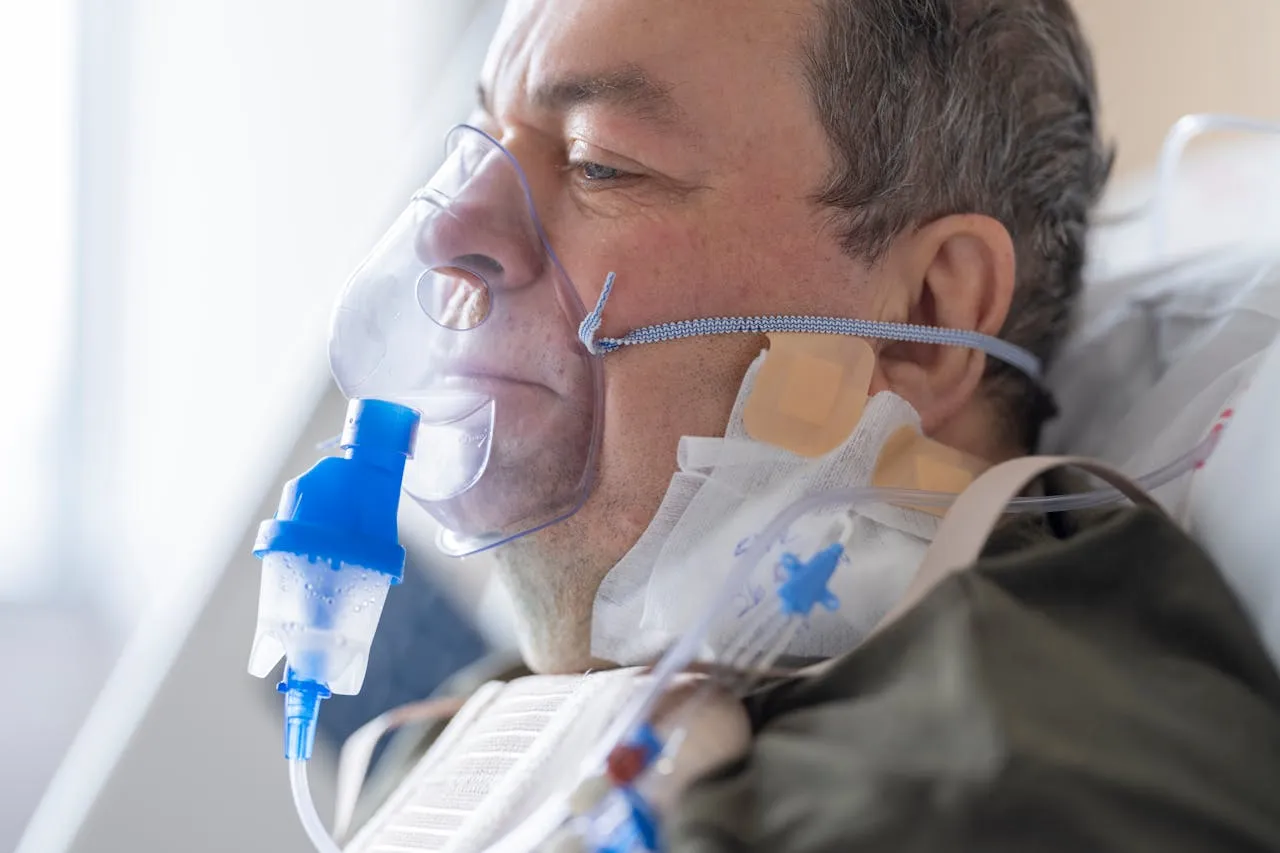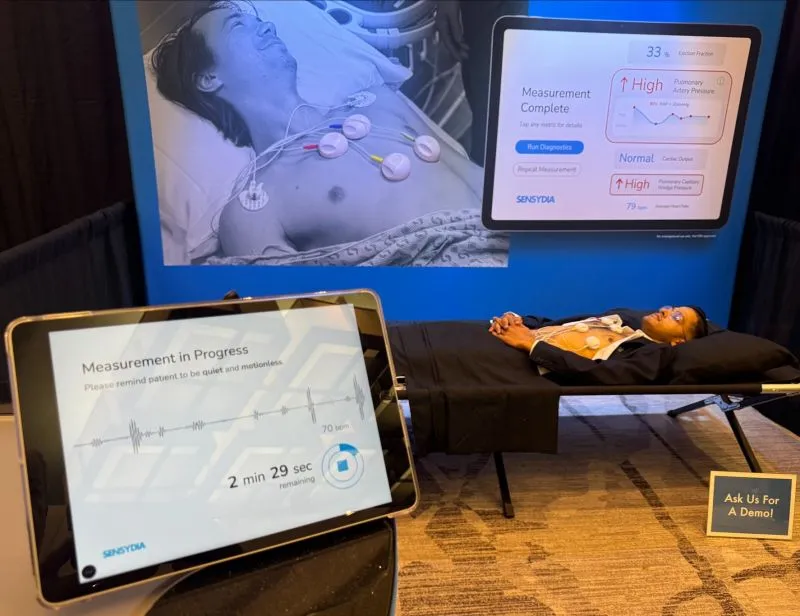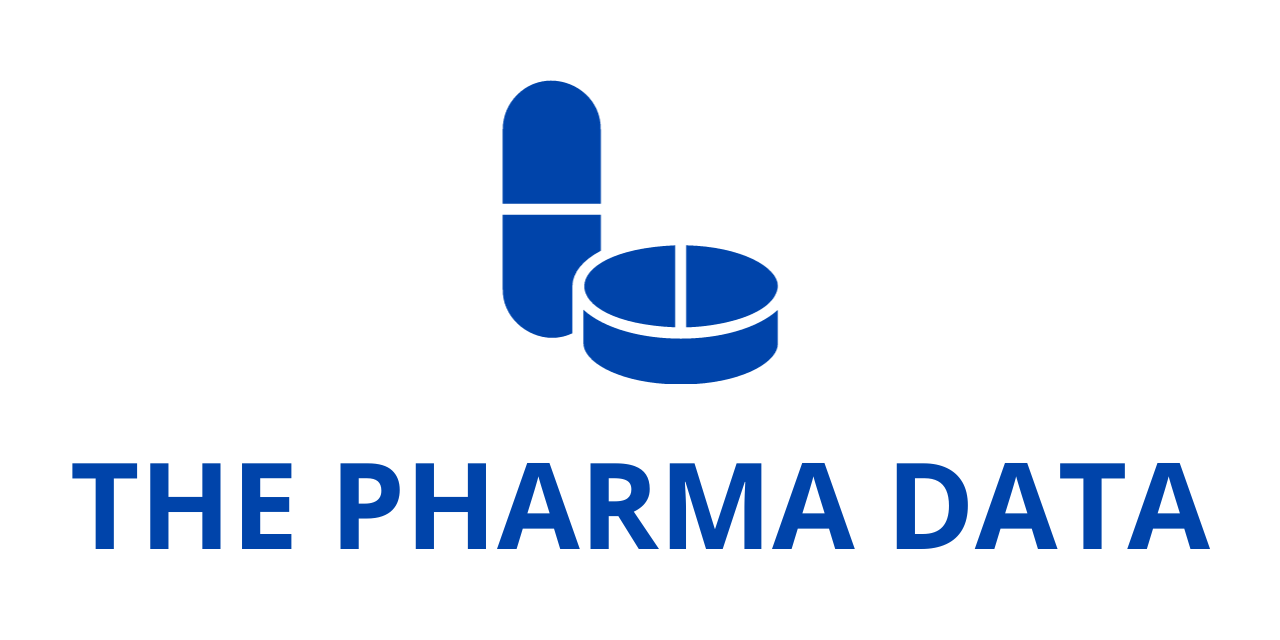
ACC 2025 Sensydia CPS™ Accurately Assesses Mean Pulmonary Artery Pressure Non-Invasively
Sensydia, a clinical-stage company specializing in non-invasive cardiac assessment technologies, has announced promising results from a recent clinical study evaluating its AI-powered Cardiac Performance System (CPS™). These findings were presented by investigators from the University of Minnesota in a poster presentation at the American College of Cardiology (ACC) 2025 Annual Scientific Session & Expo, held at the McCormick Place Convention Center in Chicago, Illinois.
Breakthrough in Non-Invasive Cardiac Monitoring
Sensydia’s Cardiac Performance System utilizes advanced heart sound analysis powered by artificial intelligence to enable the early detection and effective management of cardiovascular conditions such as heart failure and pulmonary hypertension. Traditional methods for obtaining critical hemodynamic measurements require patients to undergo echocardiography and invasive right heart catheterization (RHC). These procedures are often time-consuming, require specialized medical facilities, and provide only a limited snapshot of a patient’s cardiac function at a given time.
In contrast, CPS presents a revolutionary alternative by offering a non-invasive, real-time assessment of cardiac performance. The system provides rapid, repeatable, and highly accurate measurements that can be conducted with minimal training in various clinical settings, including outpatient clinics and even at patients’ homes. The ability to frequently monitor hemodynamics without invasive procedures has the potential to transform the management of chronic heart conditions.
Study Overview and Key Findings
The study, led by a team of researchers at the University of Minnesota, sought to evaluate the accuracy and clinical applicability of Sensydia’s CPS in assessing mean pulmonary artery pressure (mPAP). This parameter is crucial in diagnosing and managing pulmonary hypertension and heart failure. The study design involved enrolling 50 patients undergoing routine right heart catheterization, a standard procedure for directly measuring pulmonary artery pressures.
The key findings from the study include:
- CPS successfully measured mPAP in 40 out of the 50 enrolled patients, demonstrating the system’s capability to provide accurate and reliable assessments.
- The CPS showed strong diagnostic accuracy in detecting elevated pulmonary artery pressure (mPAP >35mmHg and >30mmHg), achieving area under the curve (AUC) values of 0.80 and 0.77, respectively.
- No complications or adverse reactions were reported during the study, and patients tolerated the non-invasive CPS measurement well.
These findings underscore CPS’s potential to offer a non-invasive alternative to right heart catheterization, providing continuous and accessible monitoring of pulmonary hemodynamics.
Poster Presentation Details
The study findings were showcased in a poster presentation at the ACC 2025 Annual Scientific Session:
- Title: “Non-Invasive Hemodynamic Monitoring Using AI to Determine Pulmonary Artery Pressures”
- Date & Time: Saturday, March 29, 2025, from 9:30 AM to 10:30 AM CDT
- Location: Board #55
Implications for Heart Failure and Pulmonary Hypertension Management

The ability to assess pulmonary artery pressure non-invasively represents a significant advancement in cardiology. For clinicians and healthcare providers, Sensydia’s CPS could serve as a practical and accessible tool for continuous monitoring of heart failure patients. The current standard, right heart catheterization, while effective, is limited by its invasive nature, associated risks, and requirement for specialized facilities.
By offering a non-invasive alternative, CPS has the potential to shift heart failure and pulmonary hypertension management from a hospital-centric approach to a more patient-friendly and outpatient-driven model. Real-time insights into hemodynamic changes allow clinicians to make earlier and more informed treatment decisions, ultimately improving patient outcomes and reducing hospitalizations.
Dr. Tamas Alexy, MD, PhD, a cardiologist at the University of Minnesota and one of the lead investigators of the study, highlighted the transformative nature of CPS, stating, “CPS offers a fast, non-invasive, and accurate tool to assess hemodynamics that could transform heart failure care. The ability to track changes in pulmonary artery pressure (PAP) with CPS can empower clinicians to make more informed and timely treatment decisions for patients with heart failure.”
How CPS Works
The CPS system relies on proprietary AI-driven algorithms that analyze heart sounds and extract hemodynamic parameters non-invasively. By utilizing phonocardiography combined with machine learning models, CPS is able to estimate pulmonary artery pressures with high precision. This technology not only reduces patient burden but also addresses a critical gap in real-time cardiac monitoring, allowing for earlier intervention and personalized management strategies.
CPS can be deployed in various settings, including hospitals, outpatient clinics, and potentially in home-care environments. Its ability to provide frequent, repeatable, and safe hemodynamic assessments makes it an ideal tool for both acute and chronic cardiovascular disease management.
A Step Toward the Future of Cardiac Monitoring
The positive findings from this study reinforce the potential of Sensydia’s CPS as a game-changer in non-invasive cardiac assessment. By replacing traditional, invasive procedures with a quick and reliable alternative, CPS aligns with the broader trend in medicine towards patient-centered, technology-driven care solutions.
For healthcare systems, the adoption of CPS could lead to cost savings by reducing the reliance on resource-intensive procedures and hospital admissions. For patients, it promises a more comfortable and accessible means of monitoring their heart health without the risks associated with catheterization.
Exploring CPS at ACC 2025
Healthcare professionals attending ACC 2025 are encouraged to visit Sensydia at booth 8029 to explore CPS’s capabilities and witness live demonstrations of the technology. This event provides a valuable opportunity for clinicians, researchers, and industry experts to gain hands-on experience with CPS and discuss its potential integration into clinical practice.
As the field of cardiology continues to advance, innovative solutions like Sensydia’s CPS will play a crucial role in shaping Sensydia the future of cardiovascular care. The results of this study pave the way for broader clinical adoption and further research to validate CPS’s benefits across diverse patient populations.
With its ability to provide accurate, non-invasive hemodynamic monitoring, Sensydia’s CPS stands at the forefront of a new era in cardiac care, offering hope for better management and outcomes for patients with heart failure and pulmonary hypertension.




